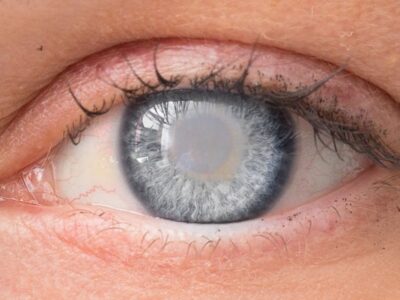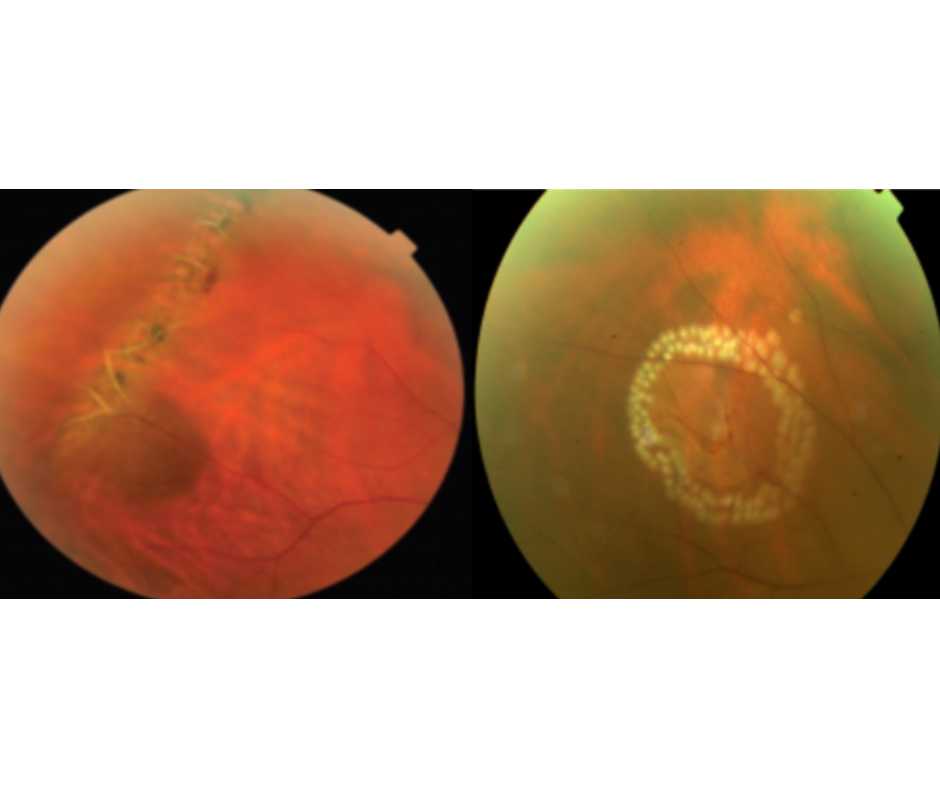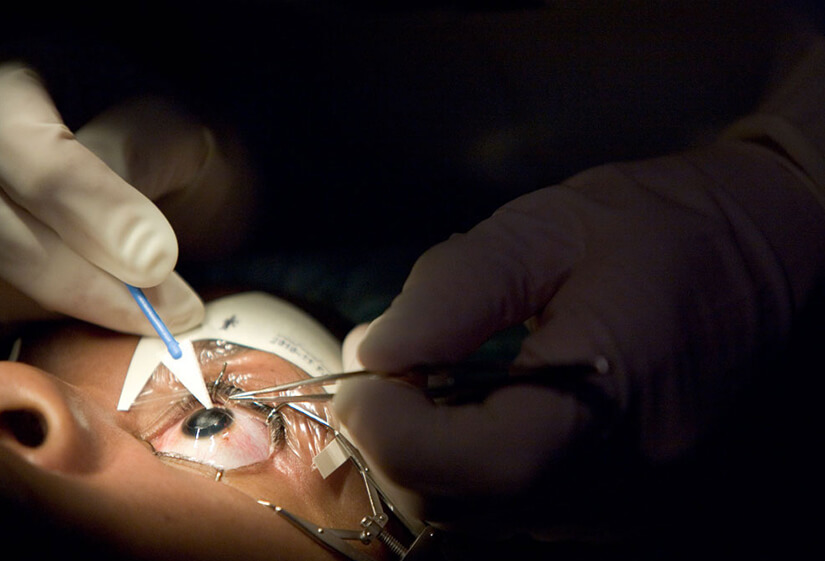Importance of Eye Care in Summer
The summer season brings longer days, brighter sunlight, and increased outdoor activities, making it essential to prioritize Eye care in summer. Exposure to ultraviolet (UV) radiation, dry conditions, and allergens can pose risks to eye health during this time. By adopting preventive measures and maintaining good habits, you can protect your eyes and enjoy the season to the fullest.
1. Sunglasses and UV Protection
Investing in high-quality sunglasses with proper UV protection is paramount for safeguarding your eyes against harmful rays. UV radiation, particularly UVB and UVA rays, can cause short-term discomfort and long-term damage, including cataracts, macular degeneration, and even eye cancers.
Key Points:
- UV Protection Levels: Look for sunglasses labeled as blocking 100% of UVA and UVB rays or providing UV400 protection. This ensures comprehensive shielding against harmful radiation.
- Lens Quality: Opt for lenses made of high-quality materials, such as polycarbonate or Trivex, which offer superior impact resistance and clarity.
- Frame Style: Choose sunglasses with large, wraparound frames to minimize peripheral exposure to UV rays. This design also prevents dust, pollen, and debris from entering the eyes.
- Polarized Lenses: Consider polarized lenses to reduce glare from surfaces like water, sand, and roads, providing enhanced visual comfort and clarity.

2. Protective Eyewear for Outdoor Activities
Engaging in outdoor sports and recreational activities exposes your eyes to additional risks, including impacts, debris, and intense sunlight. Wearing appropriate protective eyewear is essential to prevent injuries and maintain optimal vision.
Recommendations:
- Sports Goggles: For activities like basketball, tennis, and skiing, wear sports goggles with impact-resistant lenses and secure straps to shield your eyes.
- Swim Goggles: When swimming, use swim goggles to protect your eyes from chlorine, bacteria, and irritants present in pool water. Look for anti-fog and UV-protective features for added comfort and safety.
- Cycling Glasses: Cyclists should wear cycling glasses or sunglasses designed specifically for biking. These typically feature lightweight, aerodynamic designs and interchangeable lenses to adapt to varying light conditions.
3. Hydration and Dry Eye Prevention
Hot weather, increased outdoor exposure can lead to dehydration, which exacerbates dry eye symptoms. Consequently, maintaining adequate hydration levels becomes crucial for preserving tear film stability and ocular surface health.
Tips for Hydration:
- Drink Plenty of Water: Aim to drink at least 8-10 glasses of water per day, or more if you’re active or exposed to heat for extended periods.
- Limit Alcohol and Caffeine: Alcohol and caffeinated beverages can contribute to dehydration. Consume them in moderation and balance with water intake.
- Use Humidifiers: Indoors, especially in air-conditioned environments, use humidifiers to add moisture to the air and prevent dryness of the eyes and mucous membranes.
4. Digital Eye Strain Management
While summer encourages outdoor activities, digital devices remain omnipresent in daily life. Prolonged screen time can lead to digital eye strain, characterized by symptoms like eye fatigue, dryness, and blurred vision.
Strategies for Relief:
- Follow the 20-20-20 Rule: Every 20 minutes, take a 20-second break and look at an object at least 20 feet away to reduce eye strain and fatigue.
- Adjust Screen Settings: Optimize screen brightness, contrast, and font size to minimize glare and enhance visual comfort.
- Use Blue Light Filters: Employ blue light filters or wear glasses with blue light-blocking lenses to reduce exposure to high-energy visible (HEV) light emitted by digital screens.
- Practice Blinking Exercises: Consciously blink more frequently to lubricate the eyes and prevent dryness associated with prolonged screen use.
5. Eye Protection in Hazardous Environments
Certain outdoor and occupational settings pose specific risks to eye health, necessitating the use of protective gear and precautions to minimize hazards.
Protective Measures:
- Safety Glasses: When engaging in tasks involving flying debris, chemicals, or potential eye injuries, wear safety glasses with impact-resistant lenses and side shields.
- Face Shields: For activities like woodworking, welding, or gardening, use face shields or full-face respirators to shield the eyes, face, and respiratory tract from particles, chemicals, and harmful fumes.
- Chemical Splash Goggles: In laboratory or industrial settings where exposure to hazardous chemicals is a concern, wear chemical splash goggles with a tight seal to prevent liquids from reaching the eyes.
6. Allergy Management and Eye Irritation
During summer, allergies can be triggered by pollen, grass, mold, and other environmental allergens. Consequently, eye irritation, itching, and redness may worsen. Therefore, implementing strategies to minimize allergen exposure and alleviate symptoms becomes essential for maintaining eye comfort and clarity.
Allergy Relief Measures:
- Avoid Allergen Exposure: Stay indoors during peak pollen hours, keep windows closed, and use air purifiers with HEPA filters to reduce allergen concentrations indoors.
- Wear Sunglasses and Hats: When outdoors, wear sunglasses and wide-brimmed hats to shield the eyes from pollen, dust, and airborne allergens.
- Use Allergy Eye Drops: Over-the-counter or prescription allergy eye drops containing antihistamines, mast cell stabilizers, or corticosteroids can provide relief from itching, redness, and inflammation.
- Cold Compresses: Apply cold compresses or chilled eye masks to reduce swelling and soothe irritated eyes.
7. Healthy Diet and Nutritional Support
A balanced diet rich in vitamins, minerals, and antioxidants is essential for maintaining optimal eye health and reducing the risk of age-related eye diseases.
Nutrient-Rich Foods for Eye care in summer:
- Omega-3 Fatty Acids: Incorporate sources of omega-3 fatty acids, such as salmon, walnuts, flaxseeds, and chia seeds, to support retinal function and reduce inflammation.
- Vitamin A and Beta-Carotene: Consume orange and yellow fruits and vegetables like carrots, sweet potatoes, mangoes, and apricots, which are rich in vitamin A and beta-carotene, essential for night vision and overall eye health.
- Vitamin C and E: Include citrus fruits, strawberries, bell peppers, almonds, and sunflower seeds in your diet to benefit from their high vitamin C and E content, which promote antioxidant protection and collagen synthesis in the eyes.
- Leafy Greens: Incorporate leafy green vegetables such as spinach, kale, and Swiss chard, which are rich in lutein and zeaxanthin, antioxidants that protect against macular degeneration and cataracts.

8. Regular Eye Exams and Vision Checks:
Schedule comprehensive eye exams with an optometrist or ophthalmologist at least once a year to assess your visual acuity, eye health, and potential risk factors for eye diseases.
Importance of Eye Exams:
- Early Disease Detection: Regular eye exams allow for early detection of eye conditions such as glaucoma, diabetic retinopathy, and age-related macular degeneration, when treatment outcomes are most favorable.
- Prescription Updates: Ensure that your corrective lenses, whether glasses or contact lenses, are up-to-date and accurately prescribed to optimize visual clarity and comfort.
- Screening for Systemic Conditions: Eye exams can also reveal signs of systemic health conditions like diabetes, hypertension, and autoimmune diseases.
Author Details:
Dr. Sushruth Appajigowda holds a prominent position as a Cornea, Cataract, Glaucoma, and LASIK Surgeon in Bangalore. He serves as the chief Cataract and Refractive surgeon at Vijaya Nethralaya Eye Hospital, Nagarbhavi Bangalore. Renowned as one of the finest LASIK surgeons nationwide, he brings with him over 12+ years of experience across multiple LASIK platforms, including ZEISS, ALCON, SCHWIND, AMO, and Bausch and Lomb. Having successfully conducted over 5000 LASIK procedures, Dr. Sushruth holds the title of a Certified Refractive Surgeon and a Fellow of the All India Collegium Of Ophthalmology.

Conclusion:
Prioritizing Eye care in summer during this months is essential for protecting your vision and maintaining optimal eye health. By following preventive measures such as wearing UV-protective sunglasses, staying hydrated, managing digital eye strain, and attending regular eye exams, you can enjoy the season while safeguarding your precious eyesight. Remember that proactive measures and healthy habits today contribute to a lifetime of clear, comfortable vision tomorrow.












